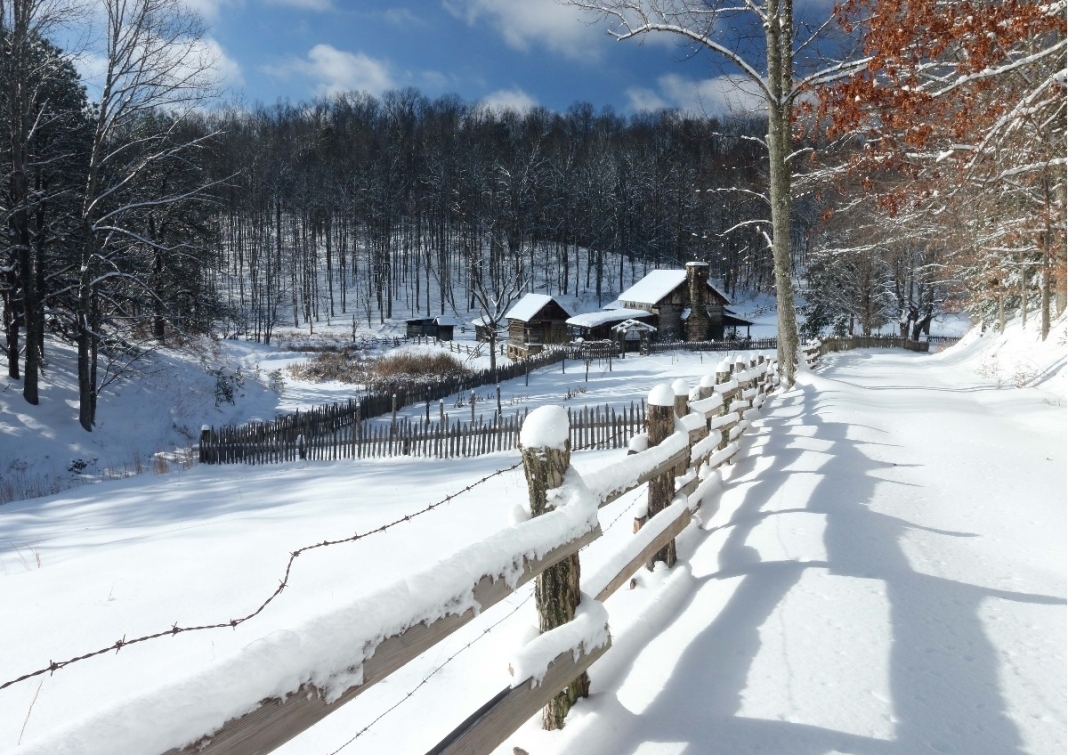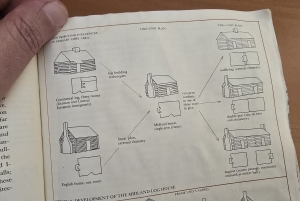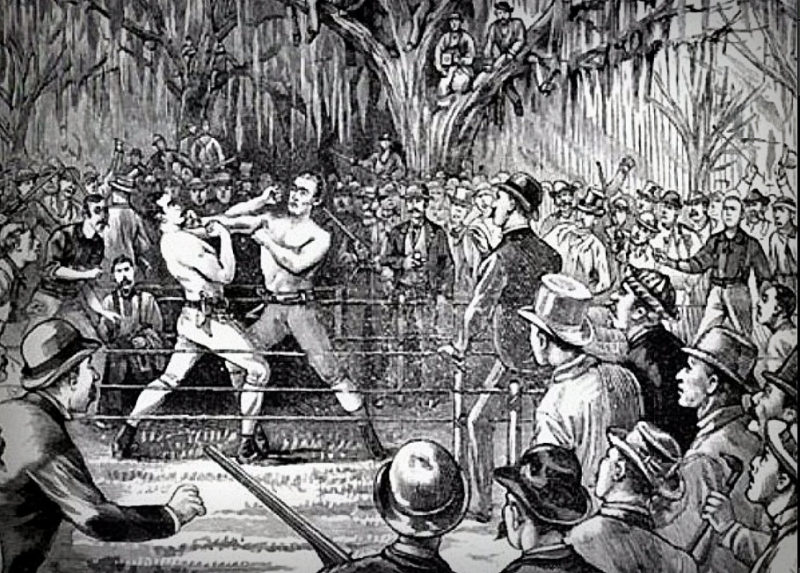CHARLESTON, W.Va. — Winter in the rugged mountains of what is now West Virginia could be perilous. An overnight snow squall or a sudden drop in temperature often turned life-threatening without warning.
How did settlers endure such harsh conditions? Historians suggest that cooperation among settlers and a quick adaptation to the unfamiliar Appalachian environment were key. For many, the landscape was unlike anything they had encountered before.
Building Insulated Cabins
The settlers' homes, crafted from hewn timbers, offered exceptional insulation. The design of these structures, known as Midlands log houses—or more commonly, "log cabins"—emerged from the blending of two cultural traditions—those of German settlers and those from the British Isles.
Settlers of Irish and English descent had little experience building with whole trees, as forests were scarce in western Europe. Their German neighbors, however, often hailed from heavily forested regions and brought extensive knowledge of timber construction.
This cultural exchange occurred east of the Appalachian Mountains, where the two groups mingled and shared building practices. The German settlers favored two-room-thick homes centered around a fireplace, while Irish and English settlers typically built linear, one-room-deep structures.
The result of this fusion was a sturdy, well-insulated log house that could retain heat in winter and provide ventilation in summer. "Thus began the tradition of the Midland log house," Virginia McAllister writes in A Field Guide to American Houses.
Forming a community
Humans being social creatures, even the legendary hermits of the frontier depended on their neighbors. Historian Doug Wood points out that the sharing of labor and food was vital.
"Even distant neighbors and hermits, who were almost always old men, shared in labor and provided one another with food and other resources when times were tough," Wood said.
One of the most iconic community events tied to winter in West Virginia was the celebration of wild leek harvests, better known locally as "ramps." These were the first greens to appear as the land began to warm, drawing neighbors from miles around to participate in feasts that marked a shared connection to the land and its bounty. (Read: Ramp festivals growing in West Virginia)
However, while the snow was still on the ground in February, settlers and their indigenous counterparts alike gathered to share the bounty of carbohydrate-rich maple syrup.
"Both cultures feasted on sugar cakes in February," Wood said, noting that one of the singular treats shared by both were strips of dried venision dipped in sugar, fat, and milk.
Settlers were also heavily dependent on storing dried and salted foods through winter. "Diets were very limited to what they could have dried or salted," he said.
Fat played an essential role in their sustenance. Initially, bear fat was a staple, but as bears became scarce from overhunting, settlers turned to hog fat as a substitute.
"They ate a lot of grease and fat, which burns longer in system. Their diets were totally different from ours today. We don’t eat to stay warm today. They ate to stay warm," he said.
Sign up to receive a FREE copy of West Virginia Explorer Magazine in your email weekly. Sign me up!




